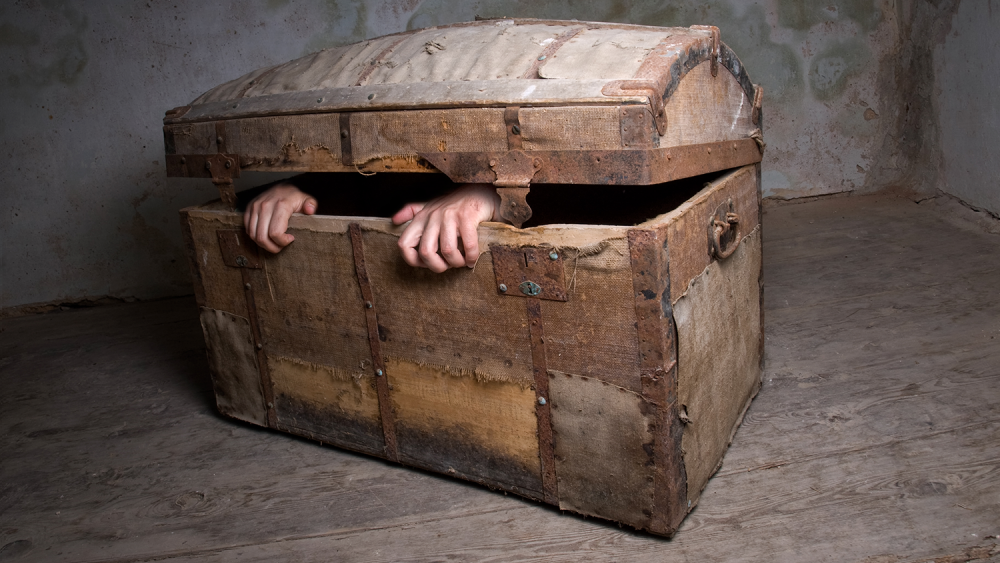Every day I have the privilege of listening to people’s stories of struggle and triumph. A story that is becoming more common is the impact of anxiety on people’s lives. For some, its grip cripples lives, destroys their confidence and causes them to isolate from friends, family and even the world. Others may experience anxiety as a constant worry that at times results in a panic attack. And others see anxiety as regular visitor who just won’t seem to get the message and leave town! Whatever the experience, anxiety is a real feeling that can cause you to feel like you have lost control of your body and your thoughts. But, there is hope! Therapy can give you skills and tools to equip you to respond to anxiety differently. Anxiety is not something to get rid of, it is something to embrace! This may sound strange to you, why would I want to embrace something that causes me such problems? This may even sound paradoxical to you! I assure you that the more we embrace anxiety, the less power it will have over us. I encourage you to book an appointment to learn how to embrace your anxiety.
Who does anxiety affect?
Anxiety Disorders affect 12% of Canadians in any given year: 9% men; 16% women.
What are the common symptoms of anxiety?
- Shortness of breath
- Chest pain/palpitations
- Excessive sweating
- Dizziness/feeling light-headed
- Excess energy/feel like you can’t relax
- Racing mind/thoughts
- Trembling/shaking
- Heightened fear (e.g. fear of being in public/alone/heights/others, etc)
- Excessive worry
- Trouble focusing
- Depression
- Mood swings
- Feel closed in/under pressure all the time
- Constipation or Diarrhea
- Nausea
- Teeth grinding
- Difficulty falling and/or staying asleep
Types of Anxiety: There are 6 main Anxiety Disorders in adults, and 7 in children and youth.
Generalized Anxiety Disorder: GAD is exaggerated or irrational worry over a period of time (usually 6 months or more), disproportionate to the source of worry.
Specific Phobia: Persistent fear of a given situation or object, for example, flying.
Post Traumatic Stress Disorder: PTSD derives from psychological trauma, for example, a threat to one’s life. Common symptoms of PTSD is re-experiencing the traumatic event by nightmares or flashbacks, avoidance of original stimuli, exaggerated arousal, etc.
Social Anxiety Disorder (Social Phobia): Social anxiety is characterized by intense fear in social situations, often causing impairment in normal functioning.
Obsessive-Compulsive Disorder: is characterized by recurrent, unwanted thoughts (obsessions) and/or repetitive behaviors (compulsions).
Panic Disorder: Involves the occurrence of unexpected panic attacks which commonly consist of: heart palpitations, chest pain, sweating, trembling, sensation of shortness of breath, nausea, fear of losing control or dying, numbness, etc.
Separation Anxiety: Separation anxiety is characterized by excessive fear or anxiety in being separated from home or a person one has an attachment to, e.g. a child to a parent.
What can you do?
When anxiety attacks we go into a fight or flight response. Either response tends to amplify anxiety symptoms. The alternative response is to accept the anxiety. Most people feel anxious about getting anxious! But, if anxiety is accepted or even embraced like accepting your eye colour or your need to wear eyeglasses then anxiety moves from something that you’re afraid of to something that is manageable.
Resources:
“Anxiety and Phobia Workbook” by Bourne
